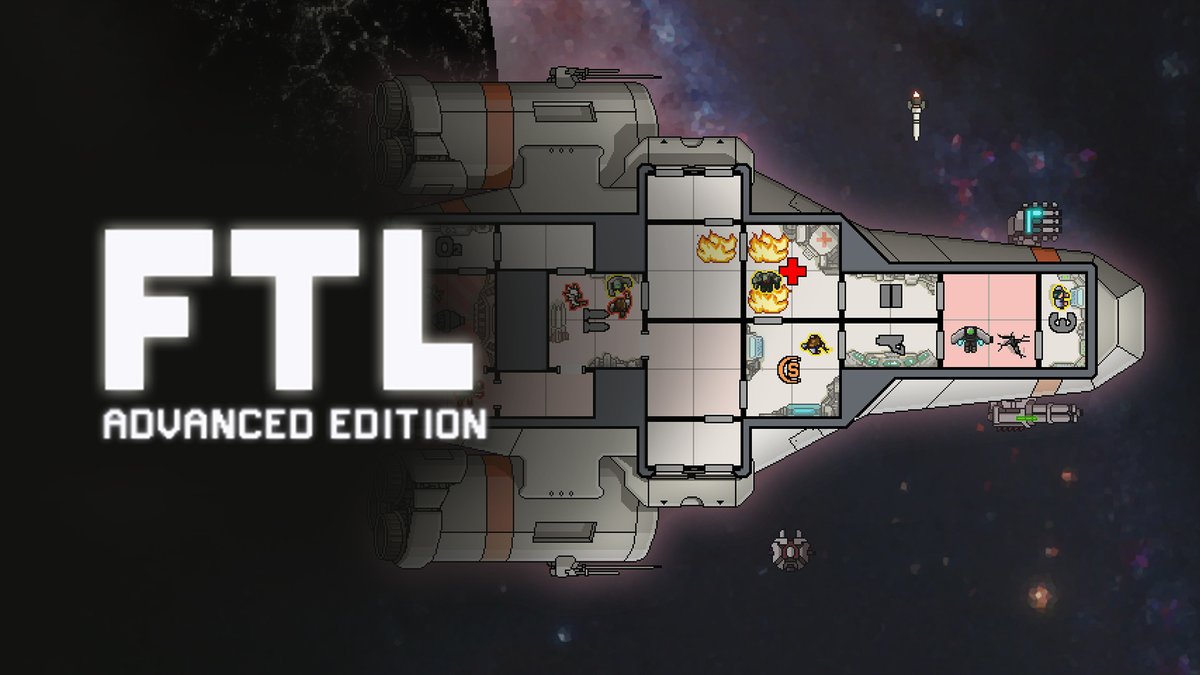
Ultimately, you escape to the next sector one step ahead of your foes, and begin the process again.
#Ftl faster than light game demo movie#
Combat is a frenetic homage to movie and TV space battles, as you juggle power between shields and engines and weapons, order your crew to fix hull breaches and extinguish fires, target enemy subsystems, and oh god Mr Chekov will you knock out their missiles before they kill us all?! (Since the game only gives you one save slot, you cannot reload if you die unless you back up your save file, aka “savescumming”.) Afterwards, you use scrap from your enemies’ hulls to upgrade your ship and buy fuel and repairs. Each sector comprises a randomised mix of encounters – shops, text-based, multiple-choice quests (think King Arthur: The Roleplaying Wargame, or maybe a much simpler Space Rangers 2), hazards such as asteroid fields, and most of all, hostile spaceships. In summary, players start at one end of the galaxy, progress through seven increasingly dangerous sectors, and finally take on the final boss at the end of sector eight.

To get a sense of how the typical game of FTL plays out, I refer you to my Let’s Play series – linked at the top of this post.

Its aim is to recreate the atmosphere of running a spaceship exploring the galaxy. The best way I can describe FTL: Faster than Light, the new indie title from Subset Games, is to say it lives up to the very simple promise on its Kickstarter page (emphasis mine):įTL is a spaceship simulation roguelike-like.


 0 kommentar(er)
0 kommentar(er)
